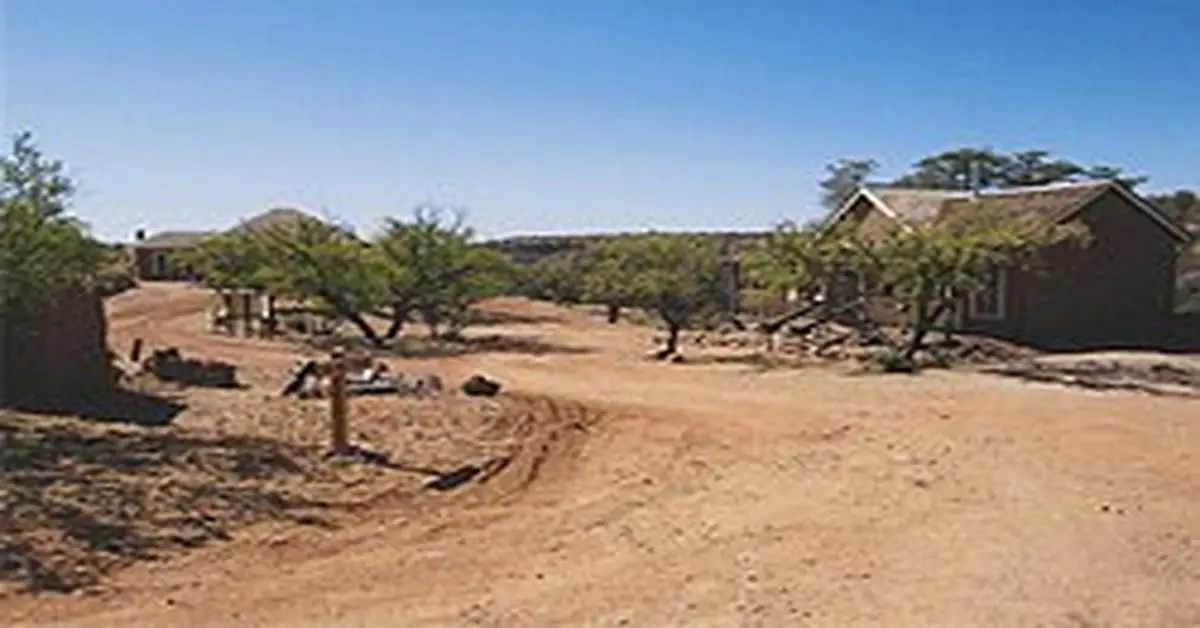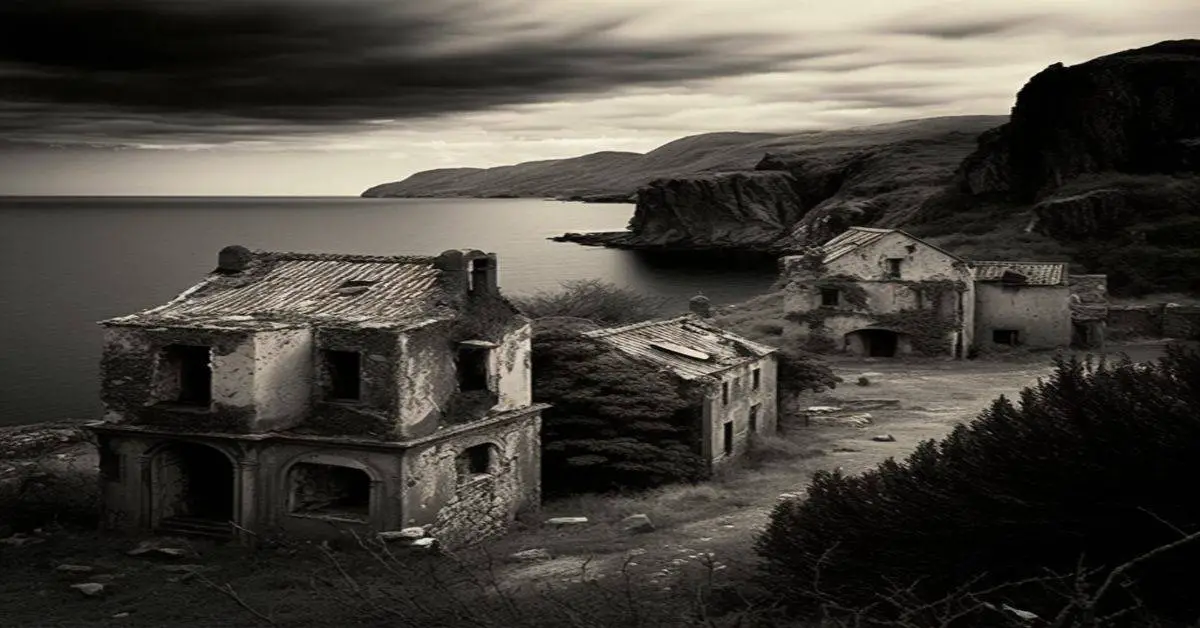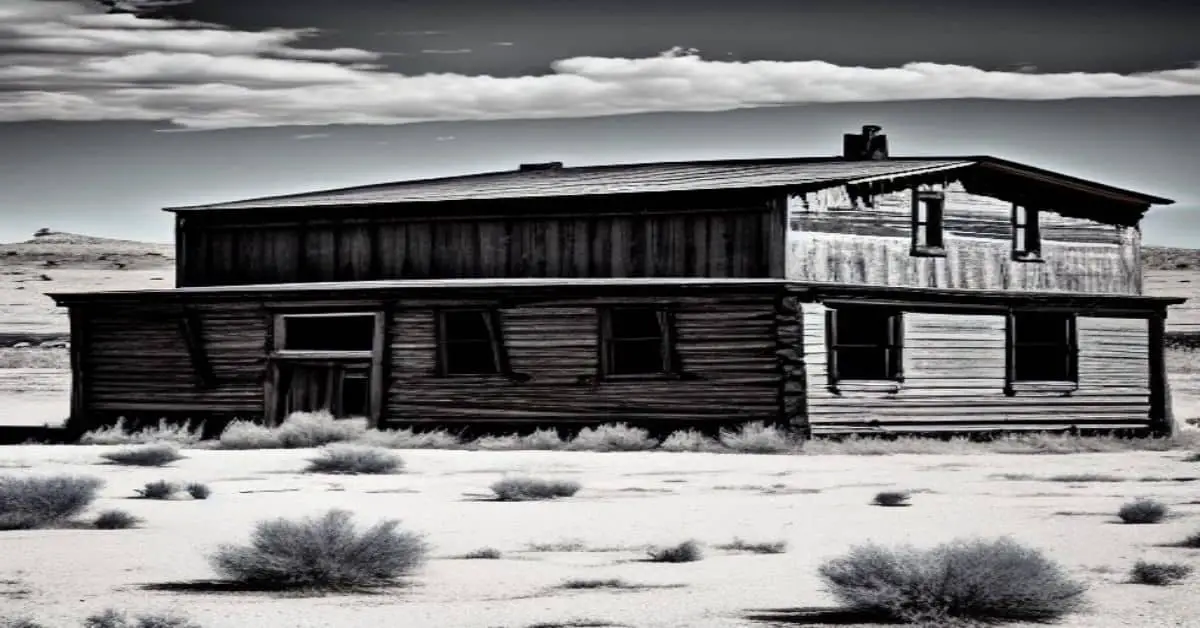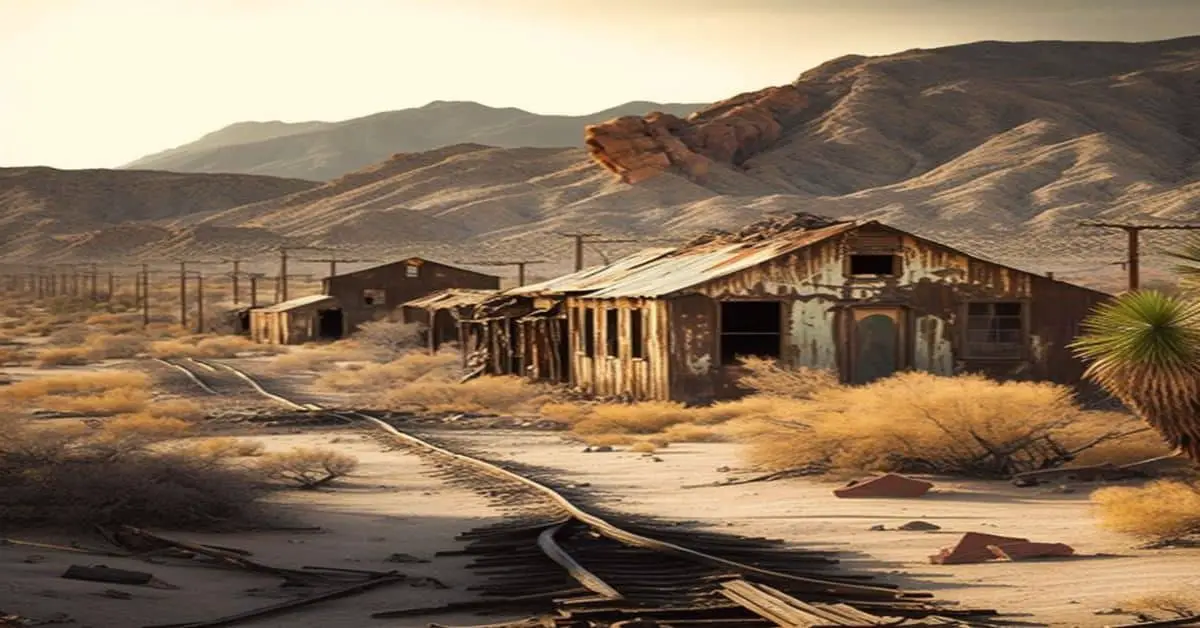Kentucky Camp, Arizona, Santa Cruz County is a fascinating ghost town that once thrived during the gold mining boom. Nestled in the scenic landscape of the Coronado National Forest, it offers a glimpse into the rich history of mining in the American Southwest. Below is detailed information about the town.
County: Santa Cruz County
Zip Code: Not available
Latitude / Longitude: 31.6742° N, 110.7336° W
Elevation: Approximately 5,180 feet
Time Zone: Mountain Standard Time (MST)
Established: 1904
Disestablished: Not formally disestablished, but declined after 1912
Comments: Kentucky Camp was originally established as the headquarters for the Santa Rita Water and Mining Company. The company aimed to use hydraulic mining to extract gold from the nearby hills. However, the venture was short-lived due to the untimely death of the company’s founder, James Stetson, and insufficient water supply.
Remains: Several historic structures remain, including the main headquarters building, which has been restored, and a few smaller buildings. The Coronado National Forest manages the site and is part of ongoing preservation efforts.
Current Status: Kentucky Camp is a preserved historic site within the Coronado National Forest. It is open to the public for self-guided tours and offers a unique opportunity to explore early 20th-century mining life.
Remarks: Despite its brief period of prosperity, Kentucky Camp’s remains offer a compelling narrative of ambition, innovation, and the challenges faced by early pioneers in the harsh Arizona landscape. The site is a tribute to the enduring spirit of those who sought fortune in the rugged frontier.



